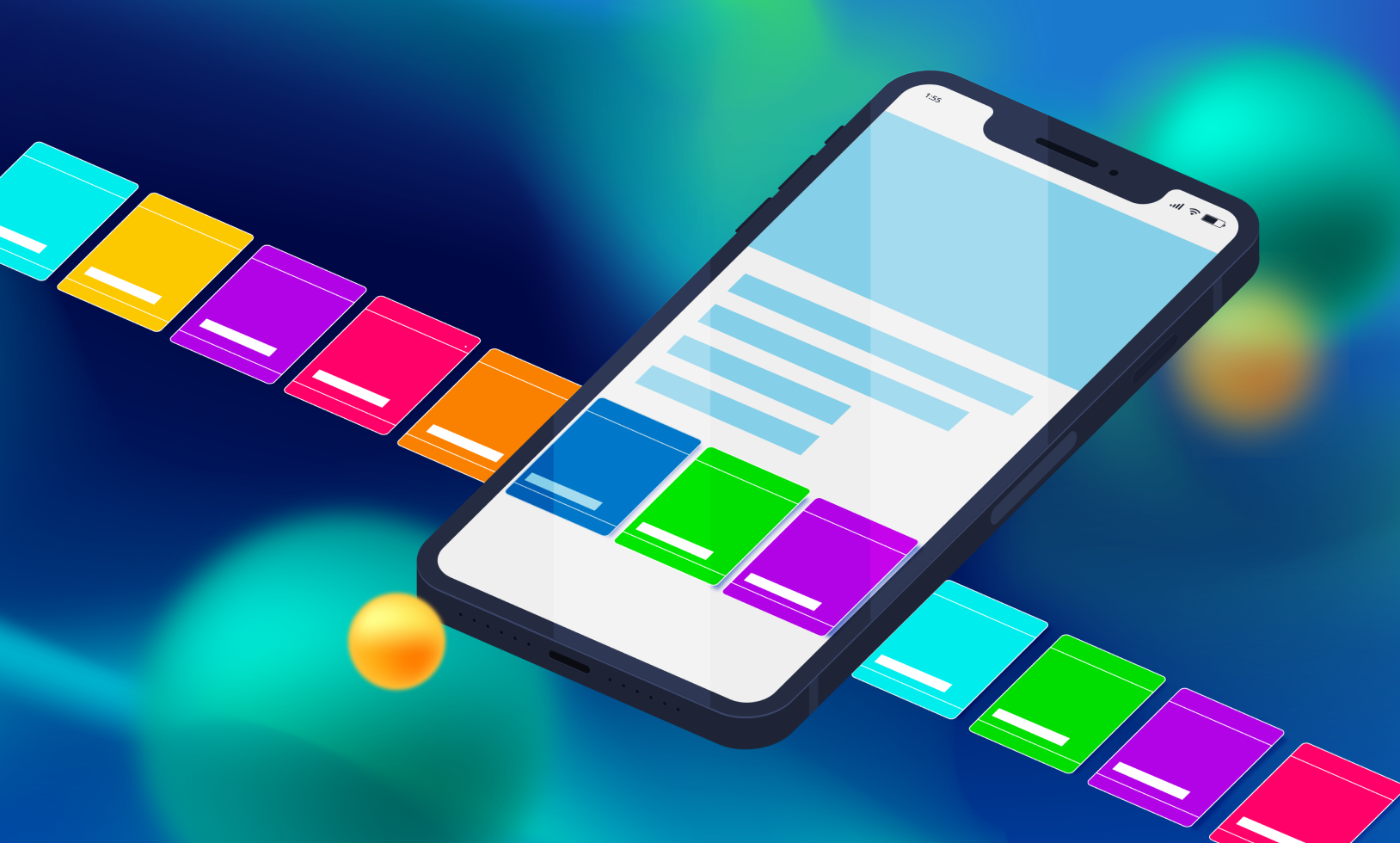Why and how to show related articles on your website

Summary
What are related articles?
Related articles are links to other, similar content which are displayed within or at the bottom of the piece of content the website visitor is currently viewing. These might appear as a simple list of links, as images with headlines or as part of a carousel, as shown below.
Usually articles from the same category or topic as the current story will be shown, although sometimes other factors such as the date or popularity of articles will be used to determine which ones appear.
Why show related articles?
Related articles are not suitable for all sites. For example, they’re not likely to work well on e-commerce sites or those with static content. However, for publishers of news or information sites with lots of frequently updated content, they can bring several advantages.
- Improve user experience
Links to related articles help your visitors easily find more of the content they’re interested in, without having to search for it. By navigating directly to relevant pages, they should have a better experience of your site, making them more likely to return.
- Reduce bounce rates
The bounce rate of a website is crucial because it indicates how well or how poorly visitors engage with the content or user experience of a webpage. The bounce rate can be measured when someone views a single page on your website and does nothing before leaving. Such visitors “bounce” out and never see additional pages.
If your site statistics reveal a high bounce rate, it may be time to assess how successfully your site offers relevant content to users. Many factors influence page views and bounce rates, including credibility and content quality. However, considering inserting related articles might be a useful starting point. If visitors are offered similar content to the one they originally visited the site for, it’s more likely they’ll stay and view more pages.
- Increase revenue
If your visitors click through to read more of your content and spend longer on your site, they’re going to see more ads, which should lead to increased site revenue.
We can see this with Clickio publishers who use our Prism mobile template, which includes related articles and other enhanced navigational features to encourage users to view more content. On average, those testing Prism against their original site see visitors spend 45% longer on their sites and experience a 59% increase in session RPM.
- Improve SEO
It is well known that links within articles leading to external sites can facilitate Google search rankings. Internal links, on the other hand, can be also advantageous.
Internal website links, such as related articles, can help search engines understand:
- The website’s design
- The topic areas
- The website content’s scope and depth
Internal links direct your readers to find relevant and engaging content. Furthermore, they enable search engines to estimate the worth of your site’s content based on its relevance. The higher the number of links a significant page gets, the more important it appears to search engines.
However, it’s important to set up your related articles feature in the right way.
Is the related article relevant?
The lack of relevance is one of the readers’ most common complaints regarding related information. “Related” material must be relevant to people’s current goals: it’s a filtering technique. Web users are goal-oriented people who value quick information gathering. People appreciate websites that provide suggestions based on their preferences.
It’s challenging to be 100 per cent exact in matching the user’s specific current interest. Fortunately, knowing which page the user is now reading is representative of the user’s current appeal. You have a chance of coming close with a limited, well-chosen set of follow-up alternatives, and then the reader can screen the links and choose the best article.
Manually linking relevant articles after or while writing used to be the most effective technique to work on internal linking. However, it can be time-consuming and inefficient, especially if your site is constantly updated and has many new articles every day.
Related articles made easy
The larger your website, the more difficult it gets to recall what you and your coworkers wrote. Clickio Prism, our cloud-based mobile template, comes with an optional related article feature as standard. This widget, which can be easily added to your pages, helps to determine which other articles are most suited to your new post, automatically adding links to relevant content at the end of an article.
With Clickio Prism’s related articles algorithm, articles don’t repeat but are displayed in turn according to their relevance. Based on internal Clickio statistics and machine learning, Prism is able to suggest the most popular articles, those with the highest click-through rate for the current category, or the same articles that would appear when swiping or scrolling.
See what difference Prism could make to your site. Click here to set up a free A/B test, or contact us to find out more.
